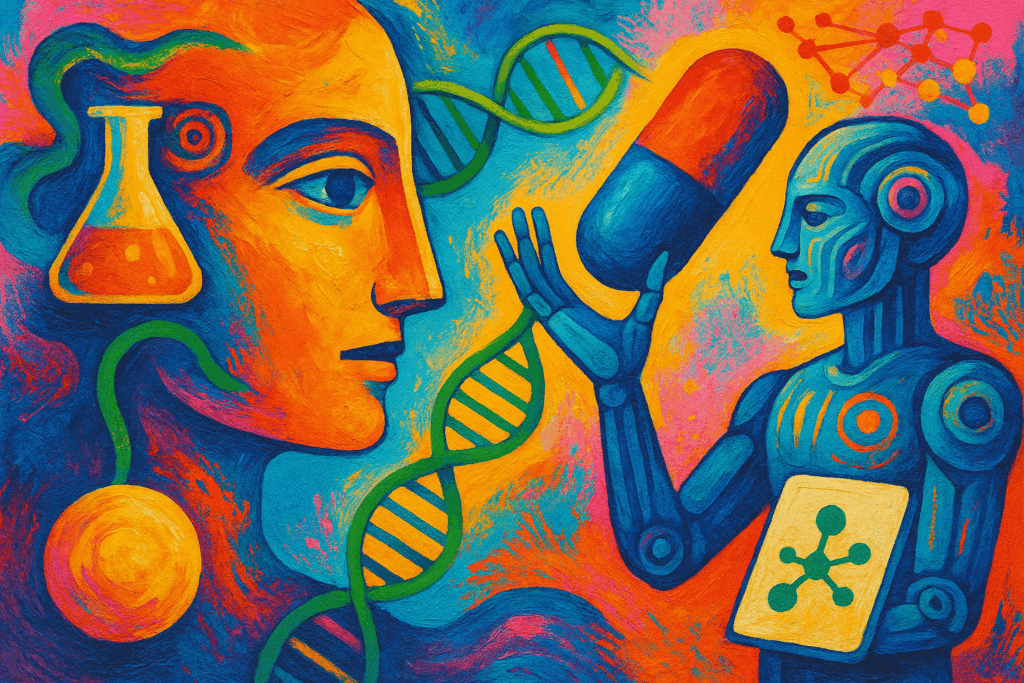Rakovina Therapeutics: AI Propels New Cancer Therapies
Rakovina Therapeutics (TSX-V: RKV) is pioneering an innovative approach to cancer treatment by applying advanced artificial intelligence to develop DNA Damage Response (DDR) therapies. This strategy targets tumors with unmet medical needs, particularly those involving the central nervous system (CNS). Through AI-driven drug discovery, Rakovina aims to accelerate the identification and development of precisely tailored cancer therapies.
AI’s Dual-Engine in Drug Discovery
Rakovina employs a combination of generative and high-throughput AI technologies to streamline drug development. The company’s Variational AI platform, known as Enki™, utilizes generative models to design molecular candidates with desirable properties. Complementing this, the Deep-Docking™ AI platform conducts ultra-fast virtual screening of vast chemical libraries, enabling efficient selection of promising drug leads. This dual-AI approach significantly reduces timelines and increases accuracy in discovering effective candidates for cancer treatment.
Targeting Unmet Needs: CNS Cancers and DDR
DDR therapies focus on exploiting the mechanisms by which cancer cells repair DNA damage, a strategy that can selectively impair tumor survival. Rakovina concentrates on developing therapies for CNS-involved cancers, such as brain tumors, where treatment options remain limited. Among their pipeline are ATR inhibitors and selective PARP1 inhibitors designed to target these difficult-to-treat malignancies. This focused development aims to fulfill critical gaps in precision oncology.
Future Impact and Milestones
The integration of AI platforms at Rakovina signals a transformative shift in cancer drug discovery. By accelerating candidate identification and optimizing target specificity, this approach holds promise for improving patient outcomes. Rakovina expects to report preclinical data on its ATR inhibitors by the second quarter of 2025, marking a significant step toward clinical advancement. These milestones highlight the potential to reshape therapeutic strategies for CNS-related cancers and beyond.




